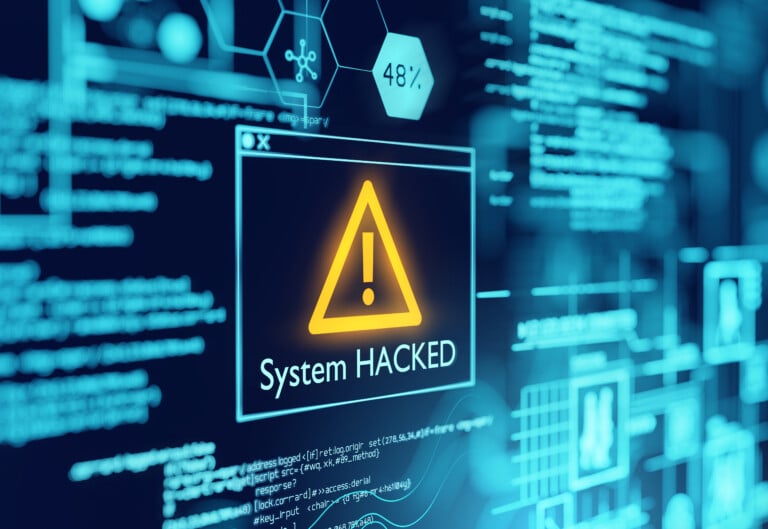State of artificial intelligence
Forum: How can you make AI work for you?

The ever-evolving digital world we operate in each day offers infinite opportunities for business growth and development, but it also presents many risks. On the positive side, the artificial intelligence (AI) boom provides businesses of all sizes ways to streamline processes and operations, reduce costs and generate revenue.
On the other hand, the explosion of AI technology has created new pathways for sophisticated cybercriminal enterprises to attack. According to a recent study from Massachusetts IT Sloan Cybersecurity and Safe Security, 80% of ransomware attacks are powered by AI-generated malware, phishing campaigns and deepfake-driven social engineering. The study asserts that, “AI has made ransomware attacks faster, more efficient, and harder to detect.”
In today’s threat landscape, hacking is a business. Sophisticated organizations operate like legitimate businesses, and their primary goal is usually financial gain through theft, extortion and exploitation. These fraudsters have legitimate businesses of all sizes in their crosshairs.
According to a survey from Mastercard of more than 5,000 small and medium-sized business owners, 46% have experienced a cyberattack on their current business, and nearly one in five that suffered an attack later filed for bankruptcy or closed their business. Smaller businesses often do not budget for adequate cybersecurity protection and have fewer internal resources dedicated to cybersecurity, and criminals know it!
But even small or medium-sized businesses with limited cybersecurity budgets and resources can use these strategies to protect their assets from cyberattacks:
The rise in AI usage has also spurred an increase in high-quality email impersonation attacks and business email compromise. With higher-quality phishing and social engineering tactics, scam emails look more realistic, so it is important to remind employees to pause and evaluate before responding, clicking on links or downloading attachments. Encourage employees to report suspicious emails to the network administrator to be checked for signs of trouble.
Financial institutions will never ask for personal information or account credentials in an email or text message, so it is good practice to call your bank directly if a suspicious email, phone call or text raises concerns about your business bank accounts.
It is important to note that, even with processes and protections in place, businesses can experience cybersecurity incidents and should be prepared to respond immediately. In the event of a cyber incident, businesses should cease all activity on the network or system, contact their bank(s), and change online banking passwords. Depending on the level and seriousness of the incident, businesses may also need to file reports with local police and the FBI’s Internet Crime Complaint Center. And it is critical to keep meticulous records of events around the incident to aid in the recovery process.
NBT’s Business Fraud Information Center provides a full range of resources and information as well as up-to-date fraud information and alerts to help protect your business from becoming one of the thousands victimized by scammers each year.
Terra Carnrike-Granata is senior director of information security at NBT Bank, and Andrew Frisbie is vice president and director of information security at NBT Bank.